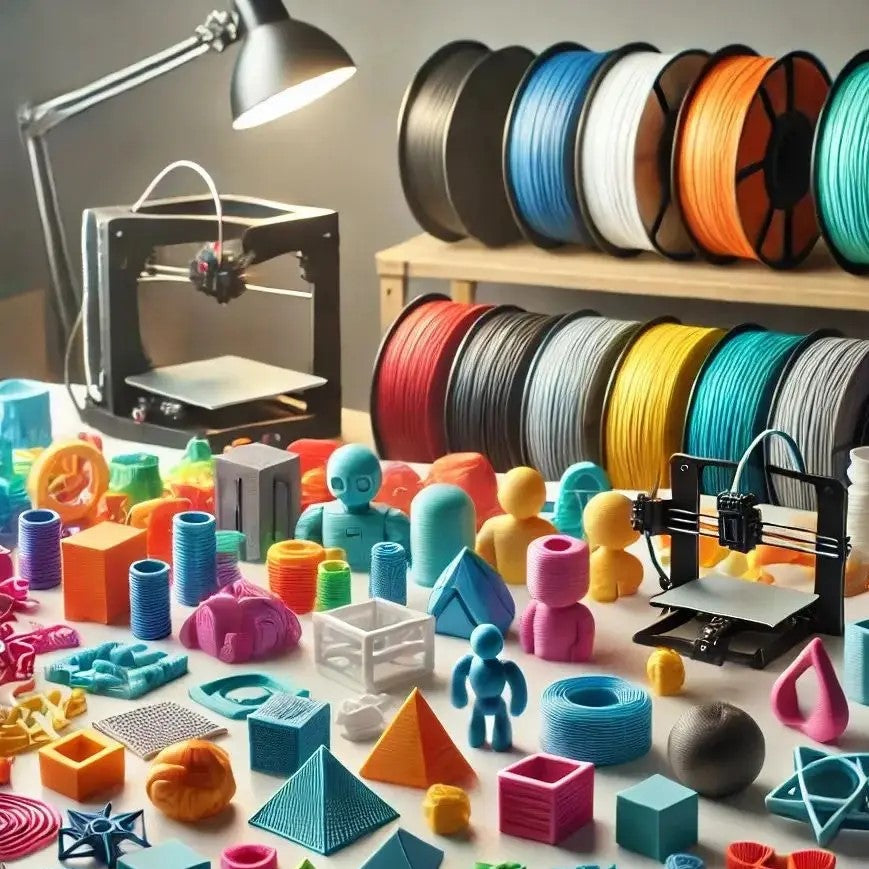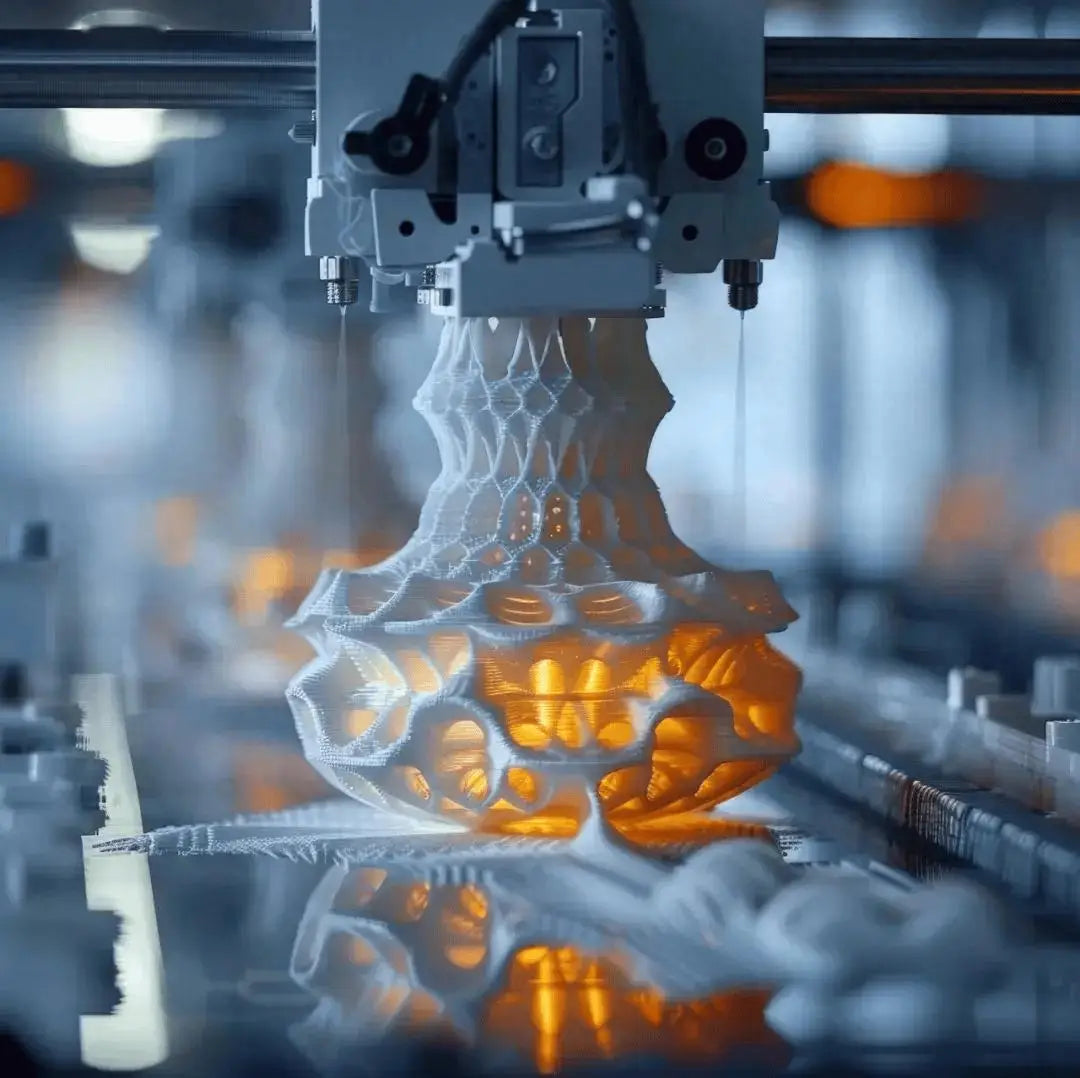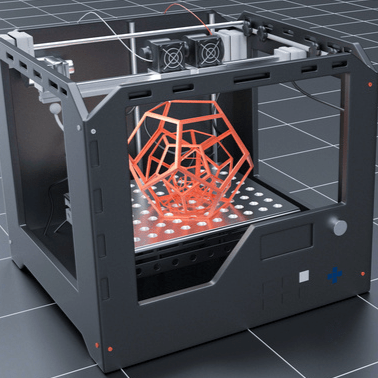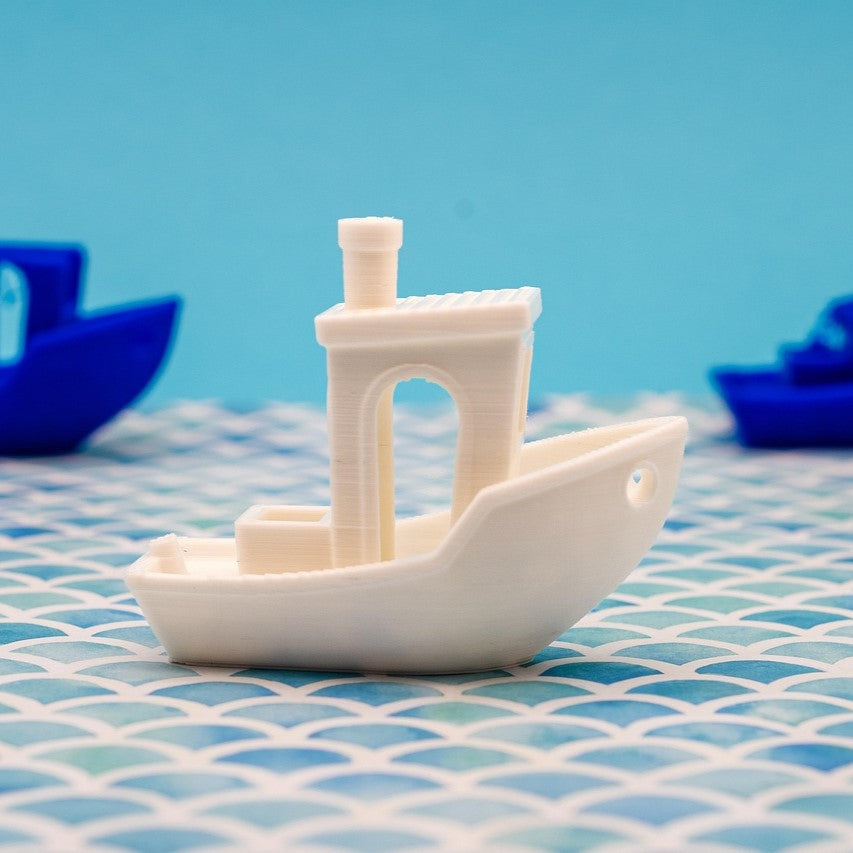





Latest 3D Printer Guide: Technology, Types, Applications and Purchase Recommendations
Introduction
In recent years, 3D printers have become popular equipment for manufacturing, medical, construction, education and personal makers. With the advancement of technology, 3D printers have higher precision, faster speed, more diverse materials, and more affordable prices. Whether you are a professional engineer or a DIY enthusiast, you can find a 3D printer that suits you.
In this article, we will introduce the working principle, main types, application fields, purchase guide and future development trends of 3D printers in detail to help you understand how to choose and use a suitable 3D printer.
1. Working principle of 3D printers
3D printers use additive manufacturing technology to print digital models into physical objects in layers. The basic workflow includes:
Design model: Use 3D modeling software (such as Fusion 360, Blender or Tinkercad) to create STL files.
Slicing: Convert the model into G code through slicing software (such as Cura, PrusaSlicer or Simplify3D) to guide the printer to build layer by layer.
Printing process: 3D printers stack materials layer by layer according to G code instructions to eventually form a physical object.
Post-processing: Some printed parts need to remove supports, sand, color or heat treat to optimize appearance and performance.
2. Main types of 3D printers
Currently, 3D printers on the market are mainly divided into the following categories:
2.1 FDM (Fused Deposition Modeling) 3D Printer
Features:
Use thermoplastic materials (such as PLA, ABS, TPU, etc.).
Extrude molten plastic through a heated nozzle and stack it layer by layer.
Low price, suitable for home users and beginners.
Application:
Personal DIY production, product prototypes, educational models, etc.
Representative models:
Creality Ender 3 V2
Prusa i3 MK4
Anycubic Kobra
2.2 SLA (Light-curing) 3D Printer
Features:
Use photosensitive resin and cure it by ultraviolet light.
With ultra-high precision, it is suitable for printing objects with rich details.
Requires additional cleaning and curing steps.
Applications:
Jewelry design, dental models, precision parts.
Representative models:
Elegoo Mars 4
Anycubic Photon Mono M5
Formlabs Form 3
2.3 SLS (Selective Laser Sintering) 3D Printer
Features:
Use high-power laser to melt nylon, metal or ceramic powder.
No support structure is required, and parts with complex shapes can be printed.
It is expensive and mostly used in industrial production.
Applications:
Aerospace, automotive parts, medical implants.
Representative models:
Sinterit Lisa X
EOS P110 Velocis
2.4 DMLS/SLM (Metal 3D Printer)
Features:
Print high-strength metal parts by laser sintering metal powder.
It is suitable for industrial-grade manufacturing, but the cost is relatively high.
Applications:
Aerospace, medical implants, high-end manufacturing.
Representative models:
EOS M 290
GE Additive Concept Laser
3. Main application areas of 3D printers
3.1 Medical and health
3D printing prostheses and orthotics, customized medical equipment.
Make dental models, dentures, surgical guides, and improve surgical precision.
3.2 Industrial manufacturing and automotive industry
Automotive companies use 3D printing to manufacture prototypes and functional parts.
Produce lightweight, high-strength parts to improve fuel efficiency.
3.3 Architecture and engineering
3D printing architectural models to improve design communication efficiency.
Use concrete 3D printing technology to build houses and bridges.
3.4 Education and research
3D printing helps students learn professional knowledge such as engineering, architecture, and medicine.
Universities and research institutions use 3D printing to explore new materials and technologies.
3.5 Personal makers and DIY
3D printing of personalized products such as figures, toys, and tools.
Develop innovative projects such as robot parts and electronic equipment casings.
4. How to choose a suitable 3D printer?
When buying a 3D printer, consider the following key factors:
Printing requirements: If you are a DIY or beginner, it is recommended to choose an FDM printer; if you need high-precision details, it is recommended to choose an SLA printer.
Budget: FDM printers are usually priced between $200-$1000, while SLA and SLS printers are more expensive.
Printing accuracy: SLA and DLP printers have higher accuracy and are suitable for jewelry and medical fields.
Material compatibility: Different printers support different materials, so make sure they meet your usage requirements.
Ease of use: Beginners should choose 3D printers that are easy to install and maintain, such as Prusa or Creality models.
Community support: Choose brands with good community support, such as Prusa and Ender 3 series, to facilitate technical assistance and upgrades.
5. Future development trends of 3D printers
5.1 Faster printing speed
In the future, 3D printers will further improve printing efficiency, such as Carbon 3D's CLIP technology, which can print complex parts in minutes.
5.2 Wider material selection
In the future, more metals, ceramics, and biomaterials will enter the field of 3D printing, making its application more extensive.
5.3 Combining AI and automation
AI optimization of printing paths, automatic error correction, and intelligent monitoring will make 3D printing more intelligent and increase the success rate.
5.4 Green and environmentally friendly 3D printing
In the future, 3D printing will pay more attention to recyclable materials and reduce waste, which is in line with the trend of sustainable development.
6. Conclusion
3D printers are changing the manufacturing, medical, construction, education, and personal maker fields, and will continue to develop into more efficient, environmentally friendly, and intelligent manufacturing tools in the future. Whether you are a beginner or a professional user, choosing the right 3D printer can help you realize your creativity and create your own 3D world.
If you are considering buying a 3D printer, you might as well choose the right model according to your needs and join the 3D printing community to explore this exciting technology!
📌 Which 3D printer are you most interested in? Welcome to share your thoughts in the comment area! 🚀
